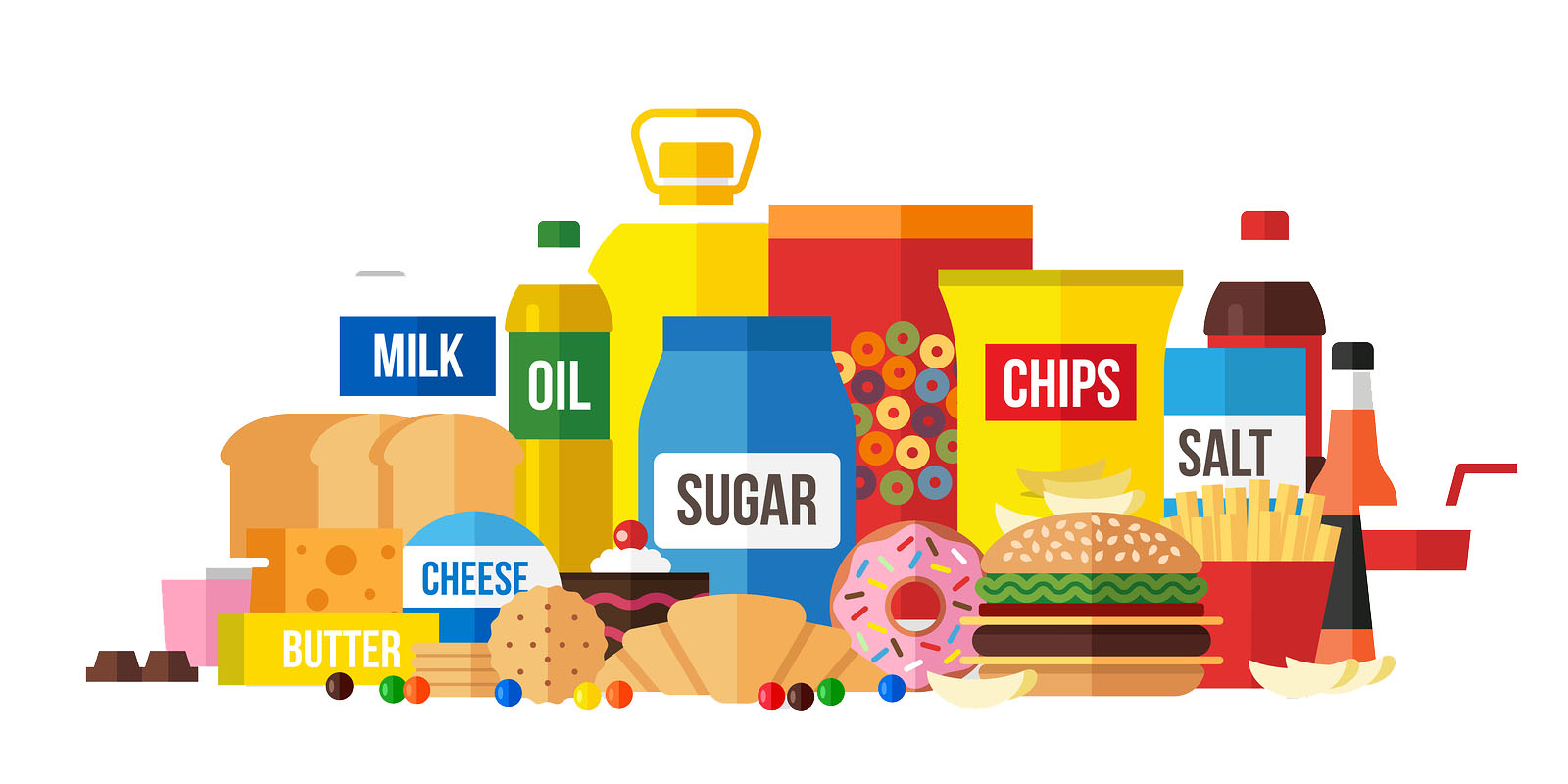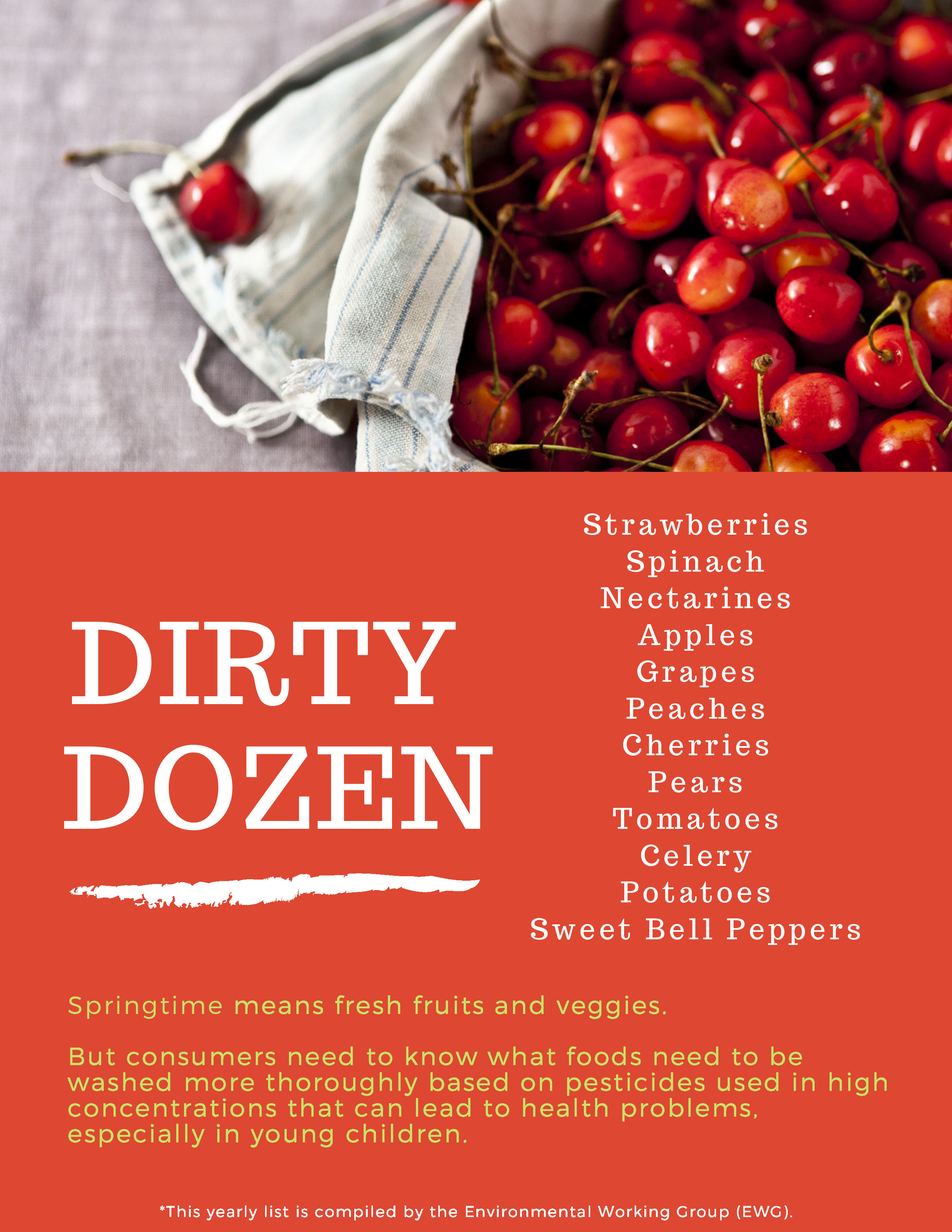
With so many fad diets flooding every social media platform and TV network, it is difficult to decide how to really eat healthy. Many are adopting a clean eating method that is more of a lifestyle change then a strict diet plan. Here are some ways that you can adopt this method and help the environment along the way.
What is clean eating?
While it might sound difficult to eat “clean,” it is actually a simple way of eliminating harmful chemicals and foods from your diet.
- Eat more whole, naturally-grown foods – Instead of reaching for a pineapple-flavored yogurt or juice drink, grab a whole pineapple from the grocery store. Bonus points for organic selections. You can also purchase frozen produce if you’re worried about whole foods going bad too quickly. Fruits and vegetables are usually frozen at the peak of their freshness, so they are still good for you and don’t require chemical processing. 
- Eat locally-sourced foods – You’ve heard the term “eat local,” but what does that mean? It simply means choosing local producers. That could mean buying milk from a local dairy, growing your own vegetable garden or purchasing meat from a nearby farm.
- Ditch processed foods – While it definitely tempting and more convenient to go for the pre-packaged food choices (especially when you have children), it can be more beneficial to your health to avoid these processed foods.
Why is eating clean important?
Eating clean can have a big impact on your health. Avoiding pre-packaged, processed foods has been linked to better mood, better sleep, glowing skin and improved brain function.
Choosing locally-sourced and whole foods can also have a real impact on the environment. It promotes a healthy ecological system and could even help to reduce the negative effects food can have on the environment by as much as 27 percent.
 What foods should I avoid?
What foods should I avoid?
Along with highly-processed foods, you should also avoid or thoroughly clean foods that have been treated with pesticides. The graphic shows a list of the Dirty Dozen that can be harmful if not handled properly.
**Infographic created by Avery Green

Jessa is the Editor-in-Chief of Hooray for Family and the mom of three energetic children. She has a BA in Mass Communication/Journalism from the University of Mary Hardin-Baylor, and is a long-time resident of Central Texas. When she isn't writing and editing, she enjoys playing board games with her kids, teaching Sunday school and channeling her creativity into craft projects.